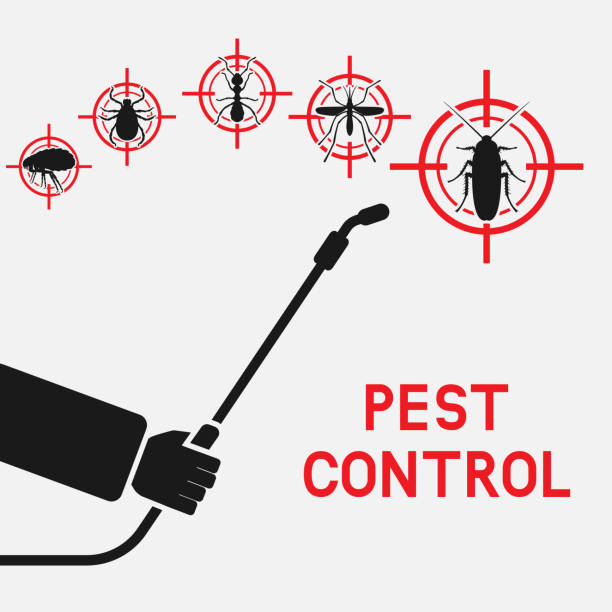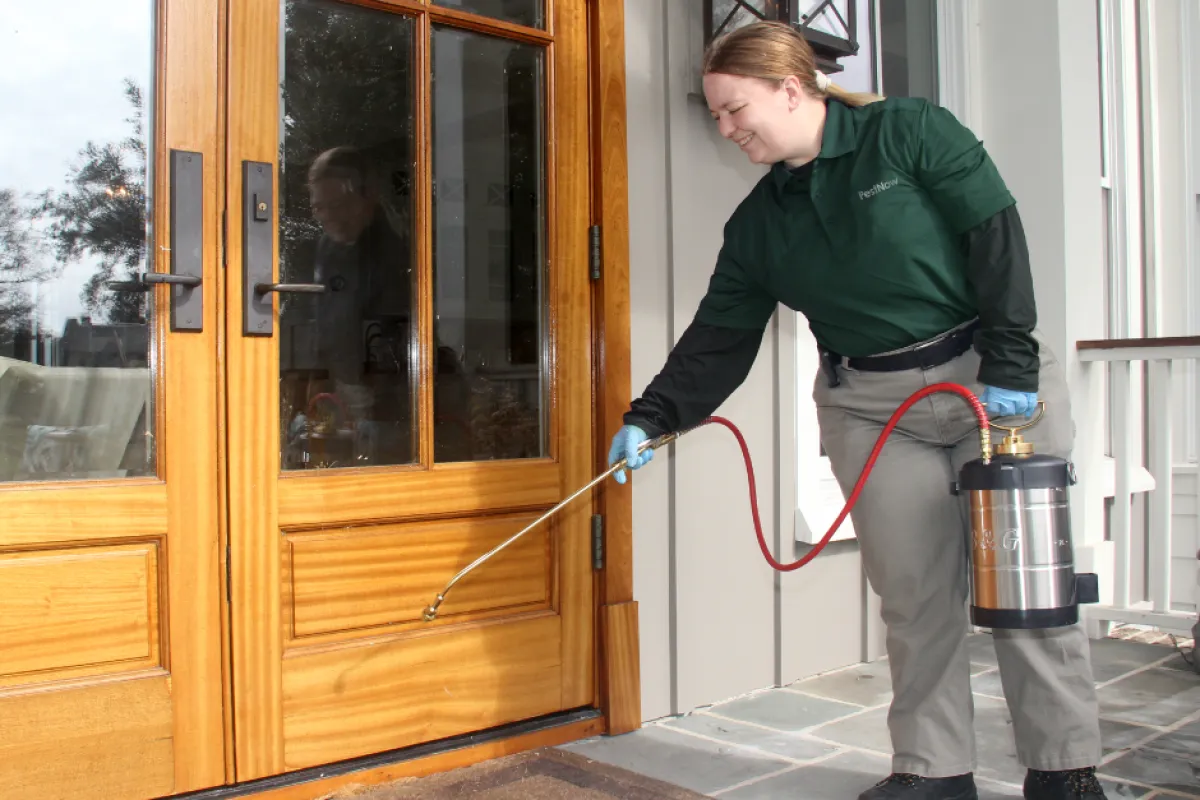Checking Out Infestation and Treatment Strategies on the planet of Pest Control
The landscape of parasite control encompasses a myriad of difficulties, particularly as invasions of usual home parasites remain to advance. Understanding the actions and reproductive patterns of these nuisances is critical for developing efficient therapy techniques. By incorporating safety nets with advanced administration strategies, such as Integrated Bug Monitoring (IPM), property owners can better secure their settings. The effectiveness of these methods may vary substantially based on certain conditions. What hidden factors add to the success or failure of these strategies in different settings?

Common House Pests
When it involves handling our home, understanding usual family bugs is important. These insects not just interrupt our comfort yet can likewise pose wellness dangers and damage property. One of the most prevalent house insects consist of ants, cockroaches, rats, termites, and bed pests.
Ants, commonly seen foraging in kitchens, can infect food and establish huge colonies. Roaches, understood for their strength, can set off allergic reactions and spread microorganisms. Rats, including computer mice and rats, can trigger structural damage and lug illness like hantavirus and salmonella. Termites, usually referred to as "quiet destroyers," can compromise the stability of wood structures, causing costly repair work. Bed pests, although not disease providers, can create substantial discomfort with their attacks and lead to mental distress.
Identifying the signs of these insects, such as droppings, nests, or bite marks, is necessary for very early treatment (Pest Control Lockhart). Proper hygiene techniques, sealing entry points, and maintaining a clutter-free environment are effective preventative steps. By determining these typical house pests and understanding their habits, property owners can take aggressive actions to minimize problems, ensuring a healthier living setting
Understanding Parasite Infestations
Pest problems can rise promptly, transforming a small nuisance into a significant problem otherwise resolved promptly. Understanding the nature of these problems is critical for reliable administration. Insects can get into property and industrial spaces for numerous factors, including the look for food, sanctuary, or breeding premises. Typical elements adding to invasions include inadequate cleanliness, architectural vulnerabilities, and seasonal changes that drive parasites inside your home.
Recognizing the type of parasite is vital, as various species display diverse behaviors and reproductive rates. Rats may establish nests in surprise locations while insects like cockroaches flourish in wet environments. Early detection commonly depends upon recognizing indications such as droppings, munch marks, or uncommon audios, which can indicate an issue prior to it comes to be extreme.
Warm, moist environments can assist in the fast growth of parasite populaces, while changes in landscape design or building can inadvertently produce conducive settings. An educated method to recognizing these characteristics lays the groundwork for reliable bug administration strategies in the future.
Therapy Techniques and Strategies
Efficient treatment techniques and techniques are crucial for alleviating insect problems and restoring a secure environment. A complex method is usually best, integrating chemical, organic, and mechanical methods customized to the particular parasite and the seriousness of the problem.
Chemical treatments include using insecticides and herbicides, which can successfully eliminate bugs. Nonetheless, proper application and adherence to safety and security standards are important to reduce threats to humans and non-target microorganisms. Integrated Insect Administration (IPM) urges the judicious use of chemicals as a last resource, counting rather on monitoring and threshold levels to identify treatment requirements.
Biological control methods involve presenting all-natural killers or parasites to decrease insect populations. This approach is significantly preferred, especially in agricultural settings, as it advertises ecological sustainability.
Mechanical techniques, such as traps and obstacles, supply instant relief from pests without presenting chemicals. Choices include sticky catches for bugs or physical barriers for rats.
Eventually, the option of treatment approach must consider the specific bug, the atmosphere, and potential effect on human health and environments. A balanced combination of these methods can successfully manage invasions while promoting long-lasting pest control options.
Safety Nets for House
Proactively addressing parasite problems before they intensify is see this page vital for preserving Discover More Here a healthy home atmosphere (Pest Control Lockhart). Applying efficient safety nets can dramatically lower the possibility of problems, ultimately securing both your home and health

Correct landscape design additionally plays a crucial role in avoidance. Maintaining bushes and trees cut away from the house lowers the opportunities of pests locating their means inside your home. Ensure that water drainage systems are working efficiently to avoid standing water, which can attract in mosquitoes and various other bugs.
Lastly, regular assessments are recommended. Frequently looking for signs of parasite activity permits early intervention. By embracing these safety nets, house owners can create a setting that is less friendly to insects, thereby improving their overall lifestyle and reducing the need for extensive bug control that site treatments.
Industrial Bug Control Techniques
A thorough method to industrial pest control is vital for organizations aiming to preserve a secure and hygienic atmosphere. Reliable strategies include a mix of routine inspections, worker training, and the execution of Integrated Pest Management (IPM) methods.
Normal examinations enable early detection of bug task, permitting timely intervention. Companies must establish a regular timetable for these analyses, concentrating on high-risk areas such as kitchens, storeroom, and waste disposal sites. Worker training is similarly important; personnel should be enlightened on the indications of insect invasions and the value of reporting them right away.
Carrying out IPM techniques assists alleviate bug problems sustainably. This includes habitat modification, such as securing access factors and minimizing clutter, as well as employing all-natural deterrents prior to turning to chemical treatments.

Moreover, teaming up with a qualified bug control supplier makes sure access to expert expertise and sophisticated treatment alternatives. This partnership can result in tailored parasite control prepares customized to the certain needs of business, decreasing dangers and enhancing total effectiveness. Ultimately, an aggressive and educated method cultivates a pest-free atmosphere, safeguarding both public wellness and company track record.
Final Thought
In conclusion, effective bug control demands a thorough understanding of common household pests and their behaviors, combined with targeted treatment techniques. Executing precautionary procedures along with therapy methods such as Integrated Bug Monitoring and organic control improves the capability to alleviate infestations.